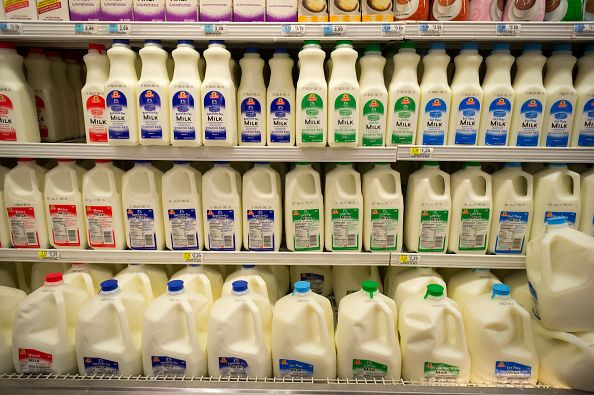What Causes Lactose Intolerance? Symptoms, Diet Facts And More

Lactose intolerance is a condition where the body is unable to totally digest the lactose or sugar content in milk. When you are lactose intolerant and you consume any type of dairy product, the result is gas, bloating and diarrhea.
The condition is not deadly, but it can be extremely inconvenient. We’ve gathered some of the basic information about lactose intolerance, including its causes, symptoms, and some diet management tips.
Causes of Lactose Intolerance
When the small intestine is unable to produce enough lactase, or the enzyme necessary to digest lactose, intolerance happens. In the normal digestive process, lactase transforms milk sugar into galactose and glucose, which are then absorbed to the bloodstream. A person who is deficient in this enzyme will not be absorbed and will, instead, be moved to the colon. As normal bacteria interact with this new entry, the signs and symptoms ensue.
Risk Factors
Certain people are more prone to having lactose intolerance more than others. Risk factors can include increasing age, premature birth, ethnicity, diseases related to the small intestine, long-course antibiotic treatments, and certain types of cancer treatments like radiation therapy and chemotherapy, and more.
Types of Lactose Intolerance
There are three types: primary, secondary and congenital or development. Primary lactose intolerance, the most common type, is genetically determined and is typical among people with Asian, African or Hispanic ancestry. In such, lactase production gradually drops, making dairy products more difficult to digest as a person ages. Secondary intolerance happens following an illness or injury that results in a decrease in lactase production. Congenital intolerance, though rare, is something that people are born with and can be inherited.
If you suspect that you or a family member may be lactose intolerant, it’s best to see your physician to get a full assessment. Some of the tests that your doctor might require to confirm the condition include a lactose tolerance test, hydrogen breath test, small bowel biopsy, and milk tolerance test.
© Copyright IBTimes 2025. All rights reserved.





















